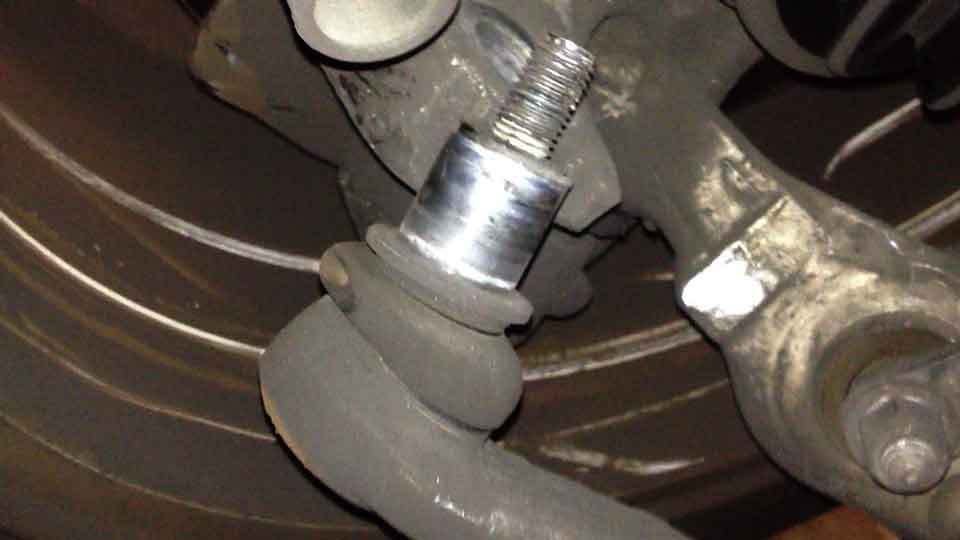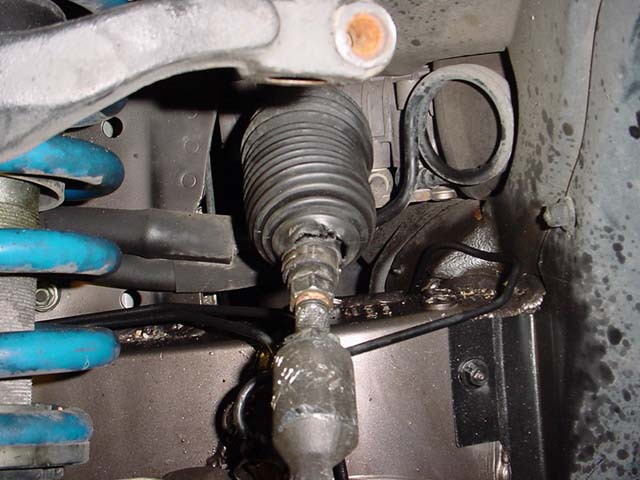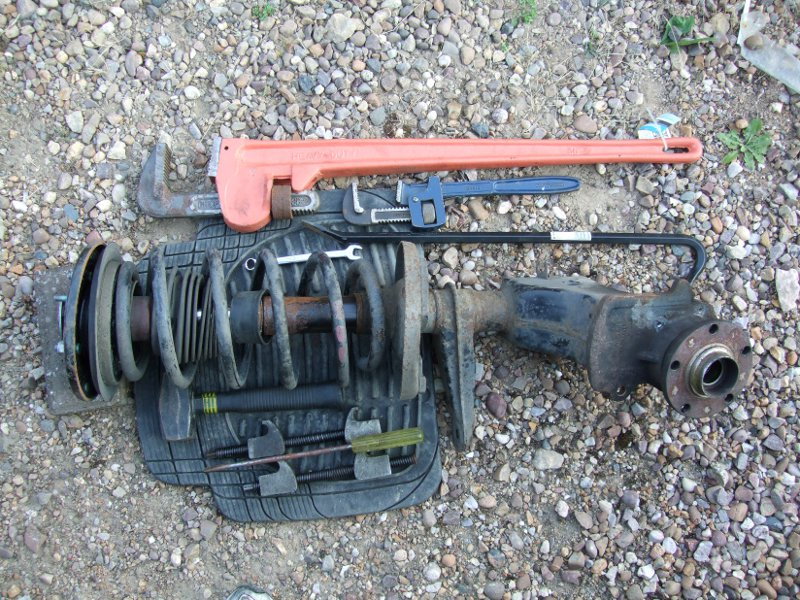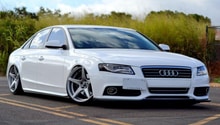Audi A6 C6: Suspension Noises Diagnostic Guide
Is your suspension making all sorts of funny noises? Instead of just turning up the radio and ignoring them, check out our diagnostic guide and silence those noises for good.
This article applies to the Audi A6 C6 (2005-2010).
A noisy suspension isn't just normal, as many would say. Generally, suspension noise is an indication that a part is worn or damaged, whether it be in the early stages or close to failure. Typically, these noises are only going to get worse and more frequent as the part wears more and more, and complete failure of certain suspension components can have catastrophic results. Before your car gets to that point, check out our diagnostic guide to suspension noise and we'll help you track down the source of the problem as well as fix it.

Materials Needed
- Pry bar
- Jack and jack stands
Step 1 – Check your suspension bushings
Your suspension's rubber bushings can make lots of noise when they start to wear out.
Your suspension features rubber bushings on the top of the shock towers, in the control arms, and at each end of the sway bars. When these bushings become worn or damaged after many miles of traveling over bumps and uneven surfaces, they tend to make clunking, squealing, and squeaking noises while traveling over uneven surfaces or around curves.
To check your bushings, visually inspect each one to see if it is cracked, flattened, or split. Push and pull on the components that have a bushing between them and look for excessive play, using a pry bar if needed to try and separate them. The most common Audi bushing problems generally come from the control arm and sway bar bushings.

If your bushings are in good shape, move on to Step 2.
Step 2 – Check your control arms
Clunks and rattles might be a sign that your control arms are going bad.
Bad control arms tend to make a clunking noise when you're driving over uneven surfaces or around corners. You might also notice a rattling noise while turning corners at low speed. Visually inspect your control arms for damage. Jack the car up so that the front tires are suspended and try to wiggle the wheel. If you notice excessive play in the wheels, it's likely your control arms need to be replaced.

If your control arms are in good shape, move on to Step 3.
Step 3 – Check your tie rods
Worn or damaged tie rods can be very dangerous.
Tie rod failure can cause a complete loss of steering, so you will definitely want to check them. Worn tie rods generally make a squeaking noise while turning and lead to some very loose steering. To check your tie rods, visually inspect the rubber boot for any damage or leaking lubricant. Since replacing most boots is impossible, you'll need to replace the tie rod if you spot any leaks or damage. Also, check for slack between the ball and socket, which is a sure sign of worn tie rods. Jack the front of the car up so that the front wheels are suspended, then grab a wheel with each hand. Push in and out on the front wheels to check for any play.

If your tie rod ends are in good shape, move on to Step 4.
Step 4 – Check your struts
Worn struts can make squeaking noises and degrade handling as well as comfort.
Struts cushion our suspension from the many bumps and dips in the road, as well as our back sides. But once they start to wear, performance and ride quality start to diminish. Squeaky noises are typical at this point, generally when traveling over uneven surfaces or around corners. Check your struts by pushing down on each corner of the car above the wheel. The car should rise back up slowly with no noise. If it bounces, squeaks, or comes up quickly, your shocks are likely worn. Also, check for leaks and visual damage to the shocks.

Related Discussions
- Clunking Noise While Driving Over Bumps - AudiWorld
- Rear Suspension Noise - AudiWorld
- Front Suspension Creak - AudiWorld






